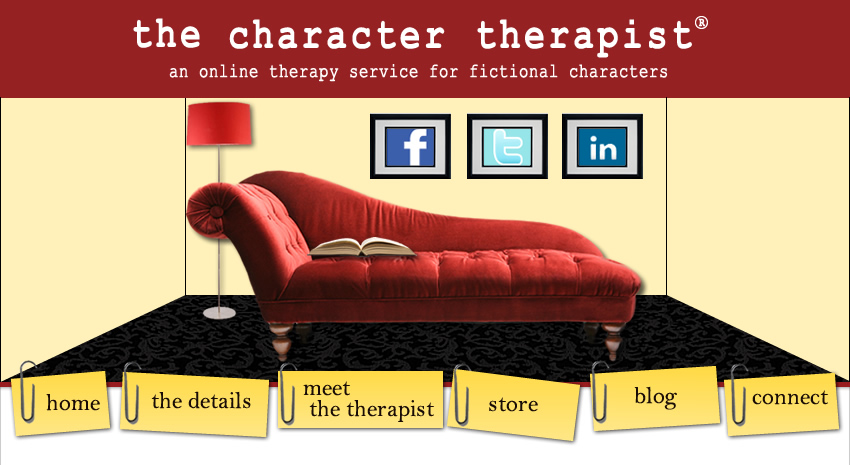This week, to conclude this sad-but-hopefully-informative series, I want to leave you with a few age-specific indicators so that when you're writing about a child whose parents fight a lot, you'll have a handy quick reference guide to know what types of things to be sure to include in your characterization of that child.
Without further ado:
Infants
- Eating/sleeping routines are disrupted
- Injuries while "caught in the crossfire"
- Continual crying or irritability
- Withdrawal and lack of responsiveness
- Developmental delays
- Diarrhea from upset stomach
- Frequently ill
- Physical complaints, some of which are real, some aren't
- Acting younger than their age (regression)
- Irritable
- Separation anxiety in the extreme
- Developmental delays
- Sympathy toward the mother
- Fearful of being left alone
- Swing from hostility to being eager to please
- Developmental delays
- Talk a lot about home life
- Reduced social skill development
- Externalized behavior issues (like hitting, pushing, choking, kicking)
- Not sure about male/female roles (may act like an aggressor or a victim)
- Behavior problems become more serious (detention and suspension common)
- Increased depression/isolation/withdrawal
- Emotional difficulties, like shame, fear, confusion, rage
- Poor social skills
- Developmental delays
- Can swing between wanting to protect mom and seeing her as weak
- Guarded and secretive about family
- Behavioral problems can lend toward more antisocial behaviors: skipping school, drugs, gang affiliation, teenage pregnancy/sexual acting out, running away, suicidal thoughts/actions
- Dating relationships may reflect violence learned or witnessed in the home









4 comments:
Well, this is very interesting and helpful to me since I'm trying to sus out more and more about abused children. Domestic violence happening around children counts as abuse.
I am new to your blog (and blogging) but I had to comment. I was a prosecutor-turned defense attorney, but I prosecuted for over 20 years and I wanted to tell you that yout post is right on and hauntingly accurate. You have done an excellent job with the age appropriate criteria for how the different age children of abusive families act. It is important for everyone to become familiar with each possible act so that we can quickly recognize a child living in an unsafe home. Often the children(who are far too afraid to come right out and speak of the abuse) will give a teacher, caregiver or family friend the opening they need to deep digger. Unfortunatley not enough of us recognize the tell-tell signs so we fail the children . Kudos to you for gettng the word out. The sooner a child is removed from living in terror and fear the better the chance of them learning to live a normal life as a functioning adult.
Melissa Sugar Gold
wow...thanks melissa! i'm going to keep your name in mind (and blog) for future reference when i need attorney info! :)
Thanks so much for sharing this. It's useful, not only in the creation of characters, but in life.
Great to meet you, Jeannie!
- Corra :-)
the victorian heroine
Post a Comment
Both comments and questions are welcome. I hope you enjoyed your time on the couch today.